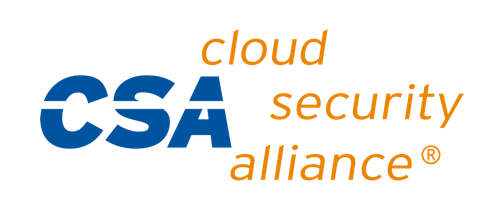Interoperability and Portability for Cloud Computing: A Guide V2.0
Interoperability and Portability for Cloud Computing: A Guide was written to provide a clear definition of interoperability and portability and how these concepts relate to various aspects of cloud computing and to cloud services.
The aim of this guide is to give both cloud service customers and cloud service providers guidance in the provision and selection of cloud services indicating how interoperability and portability affect the cost, security, and risk involved.
Version 2.0 is updated to reflect the ISO/IEC 19941 Cloud Computing Interoperability and Portability standard and its facet models of interoperability, data portability, and application portability. Containers and their associated technologies are addressed in the paper, as well as automation in the use of cloud services.











